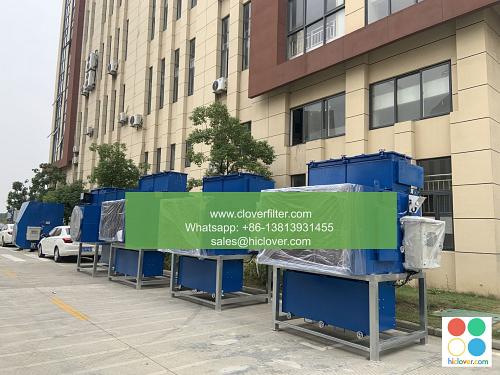Air Filter Sizes 101: A Beginner’s Guide to Measuring and Installing

Air Filter Sizes 101: A Beginner’s Guide to Measuring and Installing
What is an Air Filter?
An air filter is a crucial component in various applications, including heating, ventilation, and air conditioning (HVAC) systems, industrial processes, and even automotive systems. Its primary function is to remove contaminants, such as dust, pollen, and other particles, from the air to improve air quality and efficiency.
Understanding Air Filter Sizes
Air filters come in various sizes, shapes, and types, making it essential to understand the different measurements and applications. Here’s a beginner’s guide to measuring and installing air filters:
Measuring Air Filter Sizes
To measure an air filter, you’ll need to determine its dimensions in inches or centimeters. Typically, air filters are measured in the following dimensions:
- Width (W): The distance from one side of the filter to the other
- Height (H): The distance from the top to the bottom of the filter
- Depth (D): The thickness of the filter
Common Air Filter Sizes
Some common air filter sizes include:
- 1-inch filters (width: 4-12 inches, height: 12-24 inches, depth: 1 inch)
- 2-inch filters (width: 4-12 inches, height: 12-24 inches, depth: 2 inches)
- 4-inch filters (width: 4-12 inches, height: 12-24 inches, depth: 4 inches)
- 5-inch filters (width: 4-12 inches, height: 12-24 inches, depth: 5 inches)
- 12-inch filters (width: 12-24 inches, height: 12-24 inches, depth: 12 inches)
Application Areas
Air filters are used in various applications, including:
- HVAC Systems: Air filters are used in heating, ventilation, and air conditioning systems to remove contaminants and improve indoor air quality.
- Industrial Processes: Air filters are used in industrial processes to remove particles and contaminants from the air, improving product quality and reducing downtime.
- Automotive Systems: Air filters are used in vehicles to remove contaminants and debris from the air, improving engine performance and reducing emissions.
- Aerospace Applications: Air filters are used in aerospace applications to remove contaminants and debris from the air, improving system performance and reducing downtime.
Installing Air Filters
When installing an air filter, make sure to follow these steps:
- Turn off the power: Shut off the power to the system or equipment to ensure your safety.
- Remove the old filter: Remove the old filter and discard it.
- Measure the new filter: Measure the new filter to ensure it fits properly.
- Install the new filter: Install the new filter, making sure it is securely fastened.
- Turn on the power: Turn on the power to the system or equipment.
Conclusion
Air filters come in various sizes, shapes, and types, making it essential to understand the different measurements and applications. By following this beginner’s guide, you’ll be able to measure and install air filters with confidence, ensuring improved air quality and system performance in various applications. Remember to always follow safety guidelines when working with air filters and equipment.
I’m happy to help! What would you like to talk about or ask? I’m here to listen and provide information to the best of my abilities.

